Growing your own pumpkins can be an incredibly rewarding experience, especially when you see those colorful and plump fruits starting to take shape in your garden.
However, it is not without its challenges, as pumpkins are prone to various pests and diseases that can undermine your efforts and potentially ruin your crop.
You might encounter a variety of insects and diseases that target pumpkin plants during their growth cycle.
Some of these issues can lead to yellowing leaves, stunted growth, and even the death of your plants.
By being prepared and knowledgeable about these potential threats, you can take proactive steps to mitigate their impact, ensuring a healthy and bountiful pumpkin harvest.
In this article, we will discuss some common pumpkin pests and diseases and share some effective methods for controlling them.
Understanding Pumpkin Pests and Diseases
Pumpkin cultivation can be a fulfilling and profitable endeavor, but it requires a clear understanding of the various pests and diseases that can attack your crop.
Managing pests and diseases effectively will not only increase the yield and quality of your harvest but also contribute to the sustainability of your pumpkin farming.
Common Types of Pests Affecting Pumpkins
There are several pests that can cause damage to your pumpkin plants. Some of the most common ones include:
1. Cucumber Beetles
These beetles can cause severe damage to young pumpkin plants by feeding on leaves, stems, and fruits. They can also transmit bacterial wilt, a disease that can kill the plants.
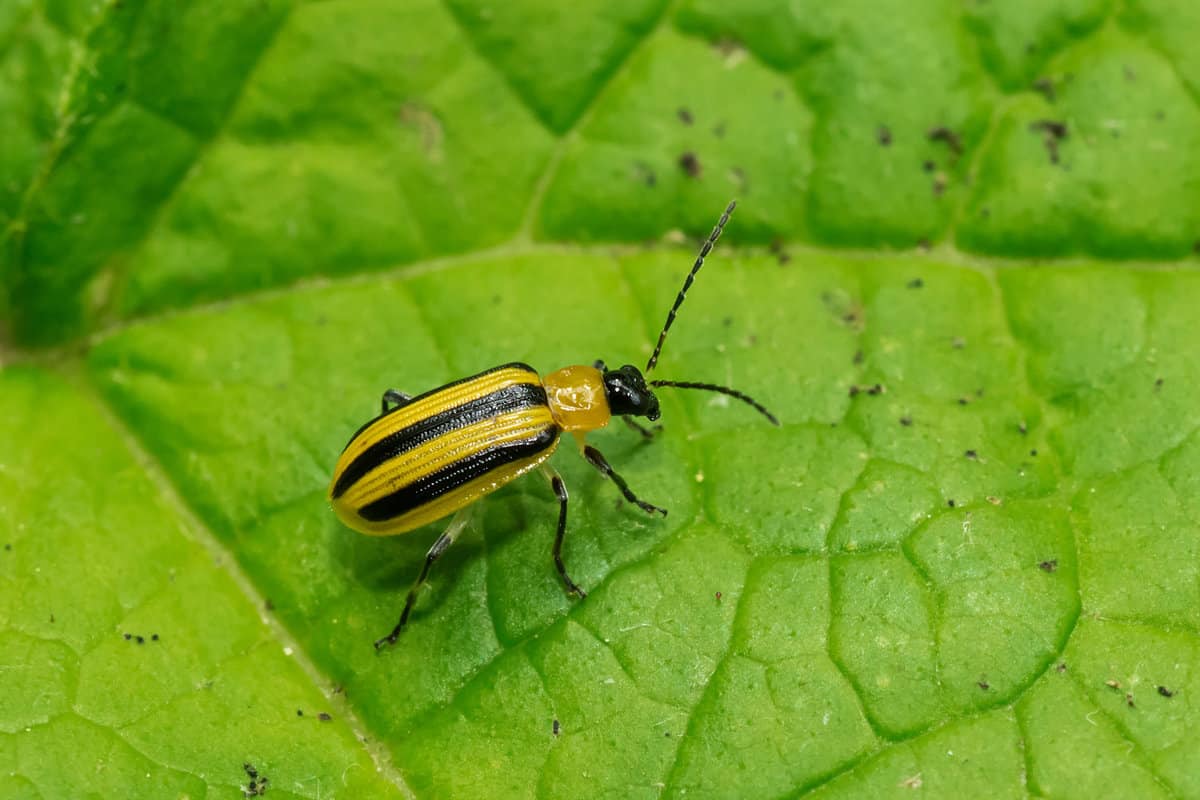
To control cucumber beetles, use floating row covers or apply appropriate insecticides. You can also use soil-applied neonicotinoids for suppression.
2. Squash Bugs
These bugs can cause wilting and death of pumpkin plants by feeding on leaves and sucking out the sap.
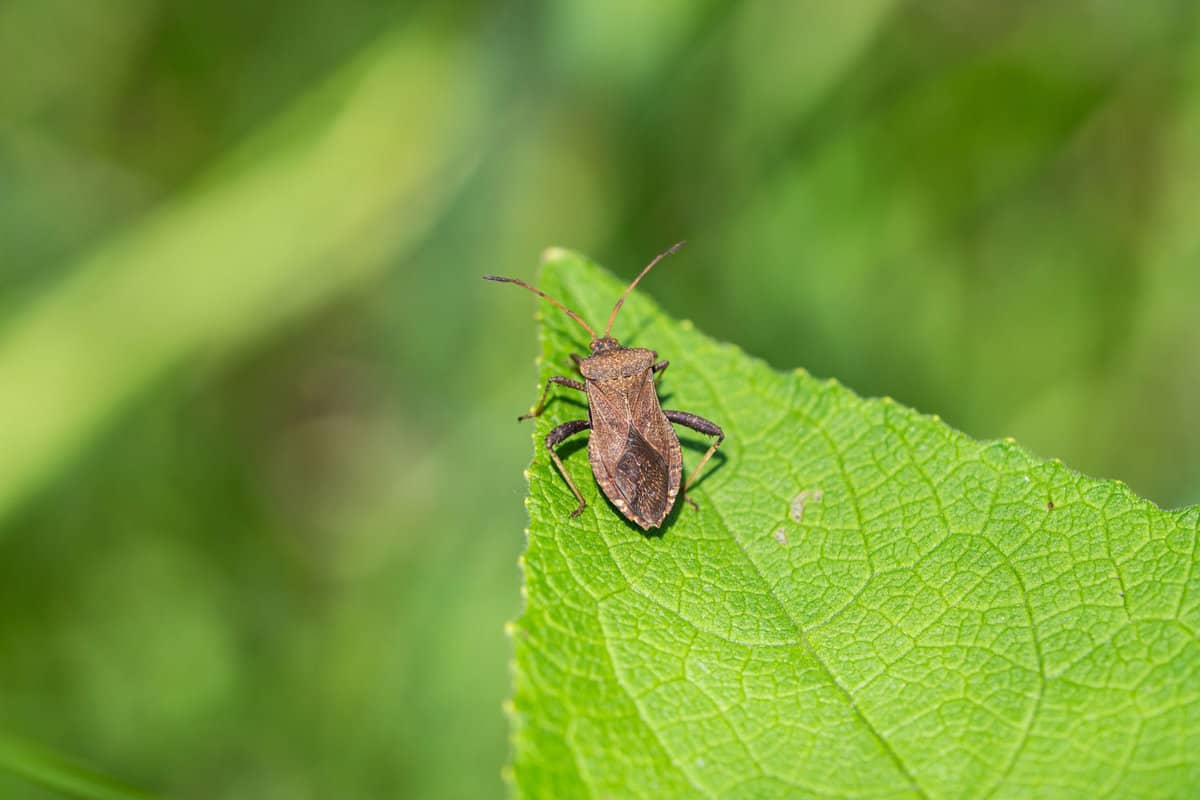
You can control them by removing the egg masses from the leaves, using row covers, or applying insecticides.
3. Squash Vine Borers
These pests lay eggs on the base of the pumpkin stems, and their larvae can cause significant damage by boring into the vines and disrupting the flow of nutrients.
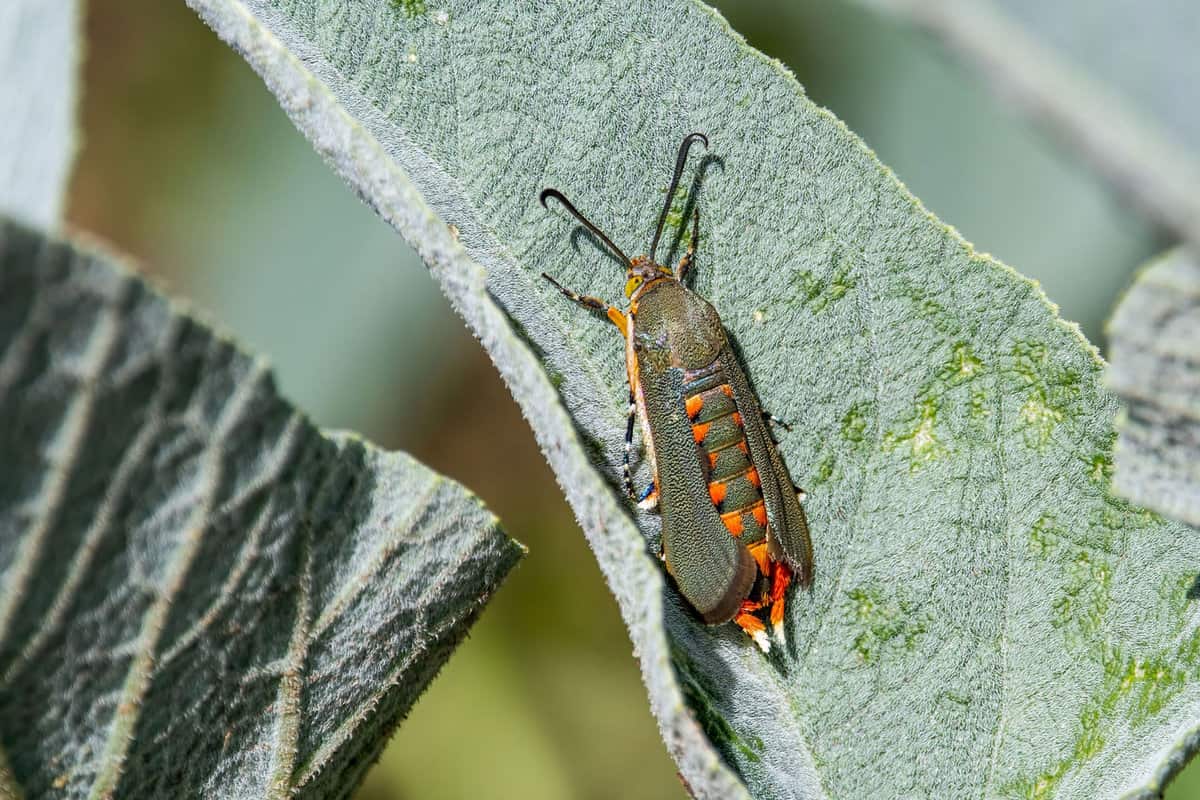
You can manage squash vine borers by using row covers, monitoring for adult moths, and removing infested vines.
Common Types of Diseases Affecting Pumpkins
Pumpkins can also be affected by various diseases, including:
1. Powdery Mildew
This fungal disease causes a white, powdery growth on the leaves, reducing the plant's ability to photosynthesize and potentially reducing yields.
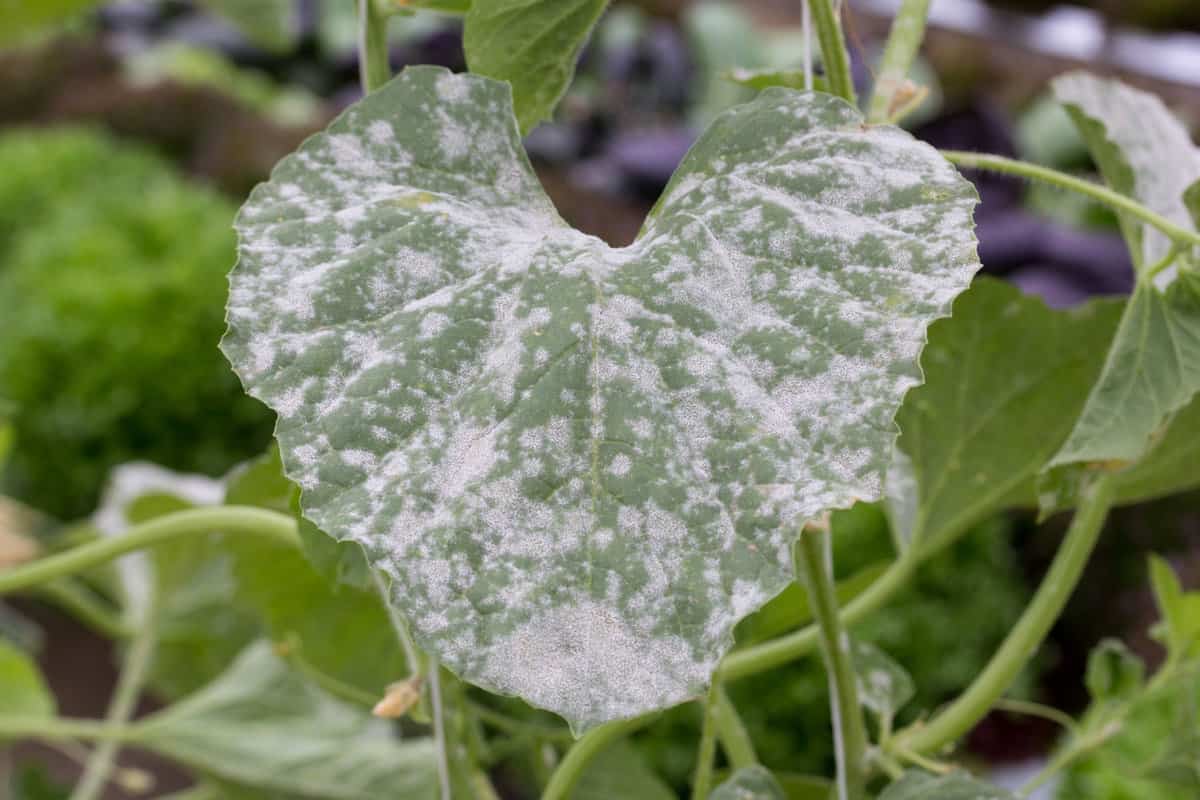
Control powdery mildew by providing adequate air circulation, avoiding overhead watering, and using resistant cultivars or fungicides.
2. Yellow Vine Disease
This disease, transmitted by squash bugs, can cause wilting, yellowing, and eventual death of the pumpkin plants.
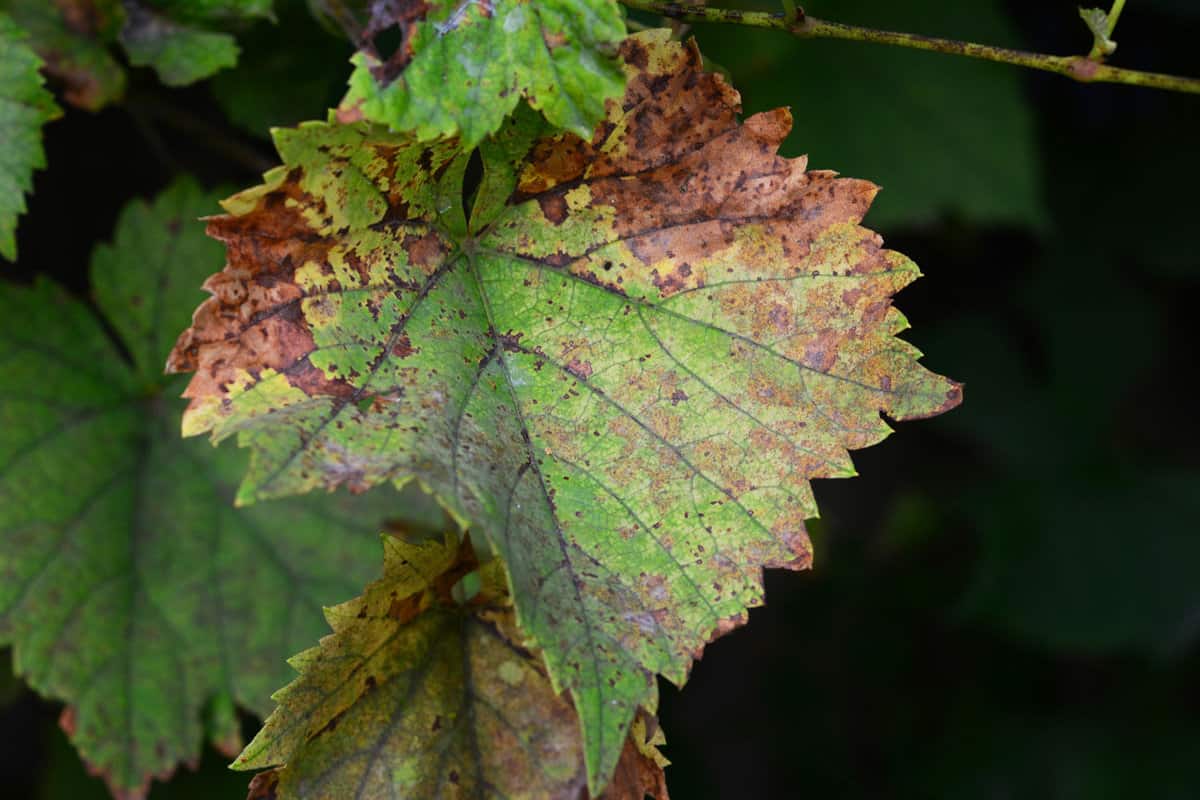
It is more common in squash and pumpkin in Oklahoma and is particularly damaging prior to harvest.
Control measures include using resistant varieties, monitoring for squash bugs, and removing affected plants.
3. Bacterial Wilt
As mentioned earlier, this disease is transmitted by cucumber beetles and can cause rapid wilting and death of the plants.

To prevent bacterial wilt, focus on controlling cucumber beetle populations and removing infected plants.
Signs of Damage
Damage from these pests can vary depending on their type.
Squash bugs cause yellow to brown spots on leaves which may later wilt and die. They can also inject a toxic substance into the plant, causing it to wilt.
Cucumber beetles cause irregular holes in leaves and transmit bacterial wilt, a disease that can cause your pumpkin plants to wilt and rapidly die.
Aphids suck plant sap, which can result in distorted and curled leaves.
Detection Methods
To detect these pests, regularly inspect your plants, paying close attention to the undersides of leaves and stems as they are common hiding spots.
You can also use yellow sticky traps to catch flying insects like cucumber beetles.
For aphid detection, look for the presence of ants on your plants; they tend to farm aphids for their honeydew secretion.
Check out these non-toxic and odorless sticky traps on Amazon.
Preventive Measures
Here are some preventive measures to ensure a pest-free pumpkin patch.
Cultivation Practices
To control common pumpkin pests and diseases, it's essential to implement good cultivation practices.
Start by practicing crop rotation: avoid planting pumpkins in the same location each year. This helps minimize the buildup of soil-borne pathogens.
Additionally, ensure proper spacing between plants to promote good air circulation, which can reduce the chances of fungal diseases.
Keeping the garden clean is crucial as well. Remove plant debris and weeds regularly, as they can harbor pests and diseases.
Also, timely application of organic or synthetic fungicides and insecticides may be necessary. Make sure to follow the label instructions carefully for the best results.
Use of Resistant Varieties
It's always a smart idea to choose pumpkin varieties that are resistant to common diseases and pests.
Look for seeds and plants labeled as resistant to powdery mildew, downy mildew, or other common diseases.
Planting disease-resistant varieties can significantly reduce the likelihood of infections in your pumpkin patch, making it easier to maintain healthy, productive plants.
Physical Barriers
Physical barriers can be effective in protecting your pumpkins from various pests.
Use floating row covers to shield your plants from flying insects, such as cucumber beetles and squash bugs.
Make sure to secure the edges to prevent the pests from crawling underneath the cover.
For squash vine borers, wrap the base of your pumpkin vines with aluminum foil or cloth to prevent the pests from laying their eggs near the vines.
Treatment Techniques
If pests already reached your plants, here are some treatments you can try.
Organic Methods
To control common pumpkin pests and diseases using organic methods, you can:
1. Crop Rotation
Change the location of your pumpkin plants each year. This helps break the lifecycle of pests and diseases by eliminating their food source and favorable environments.
2. Healthy soil
Ensure your soil is rich in organic matter. Healthy soil promotes stronger plants that are less susceptible to pests and diseases.
3. Biological Control
Introduce beneficial insects like ladybugs and lacewings to your pumpkin patch. These insects will help control aphids and other harmful pests.
Chemical Control Methods
When selecting chemical control methods, make sure to choose products that are safe and effective. Some options include:
1. Fungicides
Apply fungicides to treat fungal diseases like powdery mildew and downy mildew. Always follow label instructions for proper application rates and timing.
2. Insecticides
Use insecticides to control pests like squash bugs and vine borers. Choose insecticides specifically formulated for these pests and apply them according to label directions.
Remember to always follow label instructions and practice safety measures when using chemical control methods.
A Future Perspective on Addressing Pumpkin Pests
As you continue to grow pumpkins, it's essential to focus on effective pest and disease management strategies to enjoy a healthy harvest.
Embracing an integrated approach that combines cultural, biological, and chemical control methods can significantly lower the impact of common pumpkin pests and diseases.
In the coming years, technological advancements and research are likely to bring forth innovative solutions to address these challenges.
You may see the development of new resistant pumpkin varieties, giving you even more options for a successful growing season.
For more tips on growing pumpkins, check out these other articles:
700 lb Giant Pumpkin Grows Before Your Eyes In 30-Second Time Lapse Video
How Much Water Do Pumpkins Need? [And How Often To Water Them]

